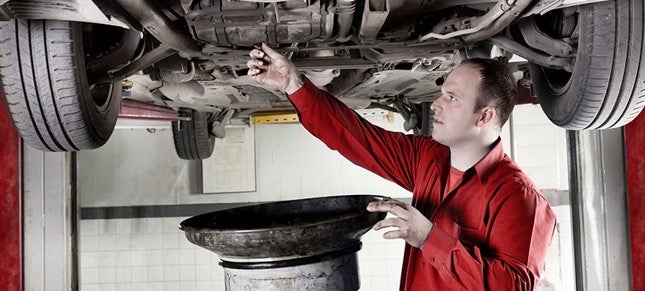Engine flush: what it is and how it is used

Damaging molecules accumulate in your engine when driving through built-up areas. (all that stop-starting, etc.) Oil flow is inhibited by such molecules and engine performance can be compromised. This is where engine flush comes in, affording protection from the risks involved.
All parts of the engine can be cleansed by Champion Engine Flush. This is achieved by extracting all damaging accumulations including sludge, soot, etc.
The result is a more efficient engine operation with less fuel usage and exhaust fumes.
Engine Flush and its use with engines and oils
This additive can accommodate all diesel, LPG and gasoline engines, turbochargers or otherwise. All motor oils can be applied with this additive.
Diesel Particulate Filters (DPF) and catalytic converters (SCR and others) are not damaged by Engine Flush.
Caution: A reminder. As mentioned, a lot of recent vehicles have no requirement for Engine Flush. Always consult your service manager before applying this to recently manufactured cars.
When and how should Engine Flush be applied?
Four years or every 60,000 km as a guide, applying one bottle per 3L – 6L of engine oil.
- Agitate well before using;
- Apply 1 bottle of Champion Engine Flush to the heated engine oil (operating temperature);
- Let the engine operate for 15 minutes;
- Empty the oil;
- Replace the oil filter;
- Refill the engine with the recommended oil.
Summary:
- All engine parts can be thoroughly cleansed by Champion Engine Flush.
- Although newer models are mostly not dependent on Engine Flush, all gasoline, LPG and diesel engines are flushable
- About every 4 years or 60,000 km flush your engine by following the instructions.